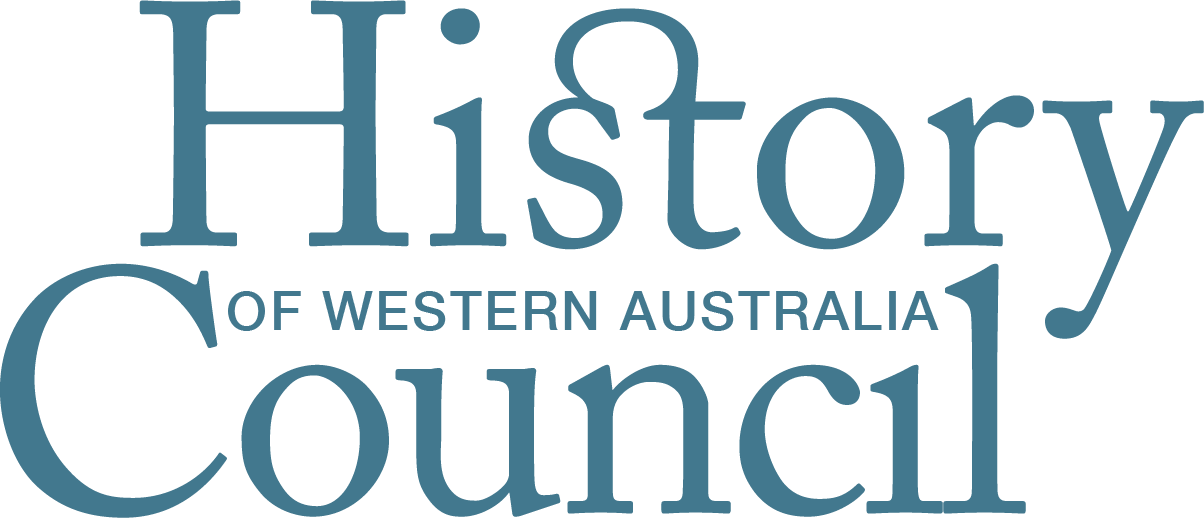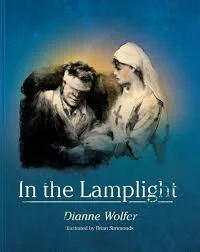BOOK NEWS & REVIEWS
Fremantle Press Giveaway
One copy of each of the following books is available to 3 lucky History Council members. Contact Jenny Gregory direct (jenny.gregory@uwa.edu.au) for your free copy. First in best dressed. The only requirement for the 3 lucky winners is that they must agree to write a review of the book for the History Council Autumn Newsletter.
The Coves by David Whish-Wilson
Out now, $27.99 AU
Historical Fiction (published by Fremantle Press)
San Francisco, 1849: a place gripped by gold fever, swarming with desperate men come to seek their fortune. Among them are former convicts, Australians quick to seize control in a town without masters, a town for the taking. Into this world steps an Australian boy in search of his mother. Just twelve years old, and all alone in a time of opportunism, loyalty and violent betrayal, Samuel Bellamy must learn to become one of the Sydney Coves if he is to survive.
In the Lamplight by Dianne Wolfer with illustrations by Brian Simmonds
Out now, $24.99
Picture Book for Older readers (published by Fremantle Press)
From fighting for the right to vote to nursing conscripted young men, Rose’s life changes forever when World War I arrives in the peaceful English village of Harefield. With an influx of wounded Australian soldiers, the villagers rally around to provide care and comfort, despite suffering their own casualties and grieving for their own losses. Training to nurse Australian soldiers like Jim the Light Horse boy is hard work, but with it comes much for Rose to treasure – in the gaining of a vocation, in confidence won and in finding new love in a new land.
Kathleen O’Connor of Paris by Amanda Curtin
Out now, $34.99
Art biography / history (published by Fremantle Press
What does it mean to live a life in pursuit of art? In 1906, Kathleen O’Connor left conservative Perth, where her famous father’s life had ended in tragedy. She had her sights set on a career in thrilling, bohemian Paris. More than a century later, novelist Amanda Curtin faces her own questions, of life and of art, as she embarks on a journey in Kate’s footsteps. Part biography, part travel narrative, this is the story of an artist in a foreign land who, with limited resources and despite the impacts of war and loss, worked and exhibited in Paris for over forty years. Kate’s distinctive figure paintings, portraits and still life, highly prized today, form an inseparable part of the telling.
Freely available online
The Historical Encyclopaedia of Western Australia
A reminder for everyone. The Encyclopedia is now freely available online and is fully searchable through the National Library of Australia’s Trove. The Encyclopedia, edited by Jenny Gregory and Jan Gothard, is a unique synthesis of knowledge about Western Australia.
Comprising hundreds of original articles commissioned exclusively for this volume, the Encyclopedia is a first point of reference for any aspect of Western Australian history. As well as the state's foremost historians, contributors and advisors include several hundred researchers, writers and practitioners in areas ranging from art to zoology, each bringing an historical perspective to bear on their own fields of expertise.
Roads, Tourism and Cultural History: On the Road in Australia by Rosemary Kerr (2018): a review
Roads have always fascinated me. Growing up in a small parochial village in rural England, the road out of said village represented, to my child mind, a tantalising portal to the wider (what I assumed to be) much more exciting world ‘out there’. As an adult I love travel, so today the road is an exciting beginning and segment in each new quest. As a teacher of history, I came to see roads as the conduits of trade and industry growth, cultural exchange, community growth, access to greater employment opportunities, health care and resource availability, all the things upon which our culture depends. Thus, I like the concept and perspective of this book, the central tenet being to expose the vital nature and culturally central psychological import of something so commonplace. (Ed.)
This new book, Roads, Tourism and Cultural History: On the Road in Australia was published in December 2018. Through the summer holiday season, many Australians take to the road — visiting family and friends over the Christmas period; heading up or down the coast for some rest and relaxation; revisiting favourite spots, or exploring new places off the beaten track. The road trip looms large in Australian culture. Distance and mobility have shaped the nation and national character, but until now the role of ‘the road’ in the Australian imagination has been relatively unexplored.
This book examines how roads and road travel beyond urban settings are imagined, experienced and represented — by travellers, writers, poets and film makers — from Aboriginal ‘songlines’ to modern-day road trips and ‘grand tours’ across and around the continent. Through detailed studies of iconic routes, including the Birdsville Track, Stuart Highway and Great Ocean Road, it also asks how and why some roads have become more famous than others and suggests alternative approaches to their heritage preservation and tourism interpretation.
It is based on the author’s doctoral research (University of Sydney, 2012). By exploring ‘the road’ as both a physical and imagined space, the book delves deep into the Australian psyche, revealing much about underlying Australian culture including relationships to landscape, modernity, national identity and colonialism, and offers a new way of thinking about roads and road tourism as important strands in a nation’s cultural fabric.
For further information visit http://www.channelviewpublications.com.
The Silence of the Girls by Pat Barker (2018): a review
Set largely in the last years of the Trojan War, this book explores the dark realities of war in the Ancient world for the women and children caught in its midst. The novel’s development of the key characters and plot lines from Homer’s original oral history is quite faithful — we are encouraged to fall in love with gentle Patroclus, be mystified by the enigmatic Achilles, be disappointed in Agamemnon — but this is all backstage to the gritty, stark often hopeless existence of the captured women of the camp, whose slavery is acutely observed thus effectively relaying the horror of the transition from free woman to complete oppression.
While the narrative is at times prosaic (the imagery sometimes finds itself adrift and threads of ideas are not always woven successfully back into the whole), the novel nonetheless provides interesting and relevant comment on the collateral damage of war. The representation of this timeless experience leads the audience to confront the ubiquitous effects of conflict on the innocent, as current today as it would have been in c.1500 BC when the novel is set. It’s worth reading just to pause and consider this horrific truth.
(Ed.)




